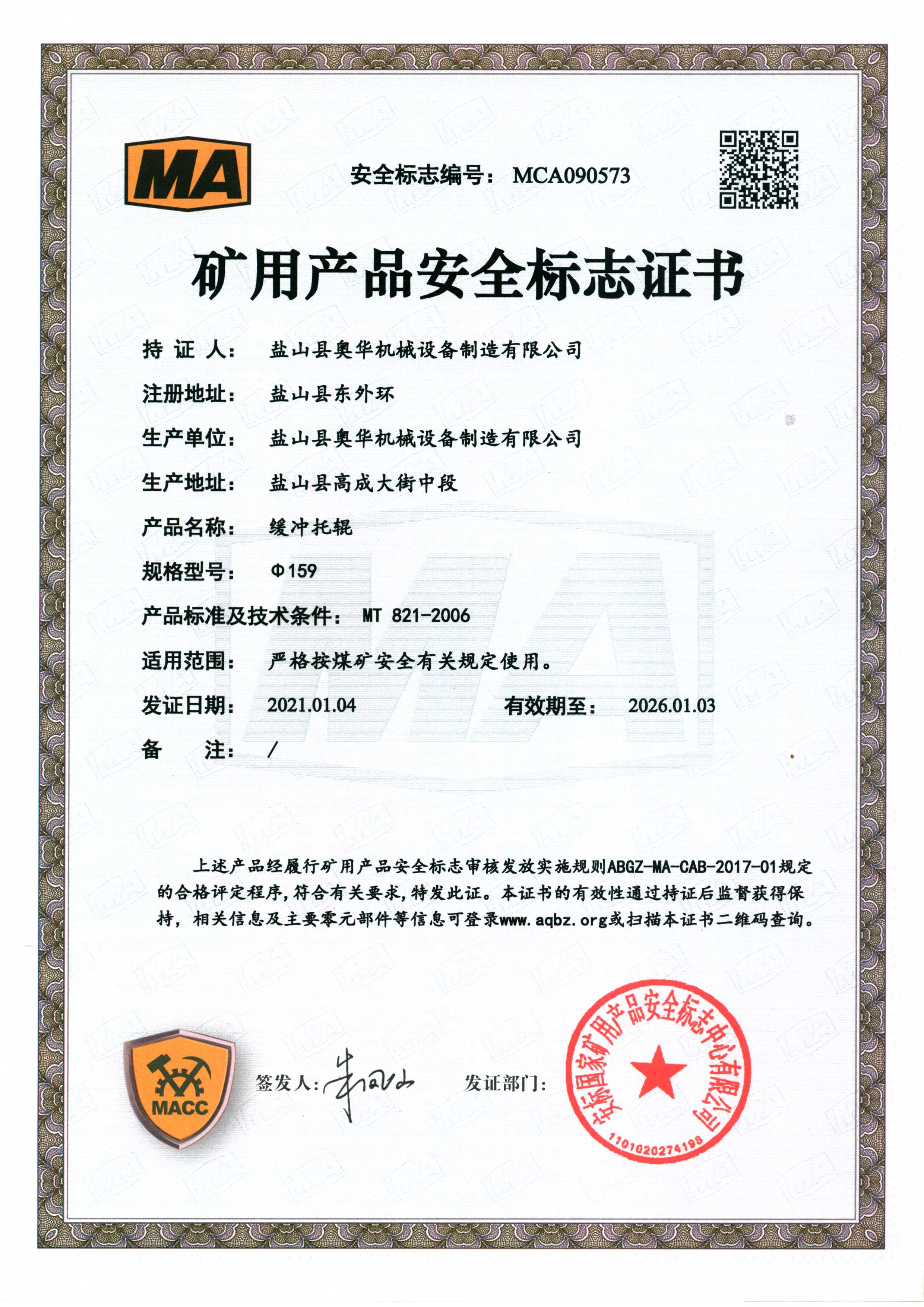 Afrikaans
Afrikaans  Albanian
Albanian  Amharic
Amharic  Arabic
Arabic  Armenian
Armenian  Azerbaijani
Azerbaijani  Basque
Basque  Belarusian
Belarusian  Bengali
Bengali  Bosnian
Bosnian  Bulgarian
Bulgarian  Catalan
Catalan  Cebuano
Cebuano  Corsican
Corsican  Croatian
Croatian  Czech
Czech  Danish
Danish  Dutch
Dutch  English
English  Esperanto
Esperanto  Estonian
Estonian  Finnish
Finnish  French
French  Frisian
Frisian  Galician
Galician  Georgian
Georgian  German
German  Greek
Greek  Gujarati
Gujarati  Haitian Creole
Haitian Creole  hausa
hausa  hawaiian
hawaiian  Hebrew
Hebrew  Hindi
Hindi  Miao
Miao  Hungarian
Hungarian  Icelandic
Icelandic  igbo
igbo  Indonesian
Indonesian  irish
irish  Italian
Italian  Japanese
Japanese  Javanese
Javanese  Kannada
Kannada  kazakh
kazakh  Khmer
Khmer  Rwandese
Rwandese  Korean
Korean  Kurdish
Kurdish  Kyrgyz
Kyrgyz  Lao
Lao  Latin
Latin  Latvian
Latvian  Lithuanian
Lithuanian  Luxembourgish
Luxembourgish  Macedonian
Macedonian  Malgashi
Malgashi  Malay
Malay  Malayalam
Malayalam  Maltese
Maltese  Maori
Maori  Marathi
Marathi  Mongolian
Mongolian  Myanmar
Myanmar  Nepali
Nepali  Norwegian
Norwegian  Norwegian
Norwegian  Occitan
Occitan  Pashto
Pashto  Persian
Persian  Polish
Polish  Portuguese
Portuguese  Punjabi
Punjabi  Romanian
Romanian  Russian
Russian  Samoan
Samoan  Scottish Gaelic
Scottish Gaelic  Serbian
Serbian  Sesotho
Sesotho  Shona
Shona  Sindhi
Sindhi  Sinhala
Sinhala  Slovak
Slovak  Slovenian
Slovenian  Somali
Somali  Spanish
Spanish  Sundanese
Sundanese  Swahili
Swahili  Swedish
Swedish  Tagalog
Tagalog  Tajik
Tajik  Tamil
Tamil  Tatar
Tatar  Telugu
Telugu  Thai
Thai  Turkish
Turkish  Turkmen
Turkmen  Ukrainian
Ukrainian  Urdu
Urdu  Uighur
Uighur  Uzbek
Uzbek  Vietnamese
Vietnamese  Welsh
Welsh  Bantu
Bantu  Yiddish
Yiddish  Yoruba
Yoruba  Zulu
Zulu pulley lagging
The Importance of Pulley Lagging in Industrial Applications
In various industrial applications, the efficiency and longevity of a conveyor system are crucial to overall productivity. Among the myriad components that contribute to this efficiency is the pulley, a vital part of conveyor belts. However, the pulley’s performance can be significantly enhanced through the application of pulley lagging. This article explores the various aspects of pulley lagging, including its purpose, types, benefits, and maintenance practices.
Understanding Pulley Lagging
Pulley lagging refers to the material applied to the surface of a pulley drum. This material enhances the grip between the pulley and the conveyor belt, preventing slippage and reducing wear on both the belt and the pulley itself. Effective lagging ensures that the drive system operates smoothly, thereby optimizing the entire conveyor system's performance.
Purpose and Functionality
The primary purpose of pulley lagging is to improve traction. In high-friction applications where heavy loads are involved, a pulley's smooth surface might not provide the necessary grip to the belt, leading to slippage. Lagging materials increase the contact area, ensuring that the belt remains in place while minimizing the risk of wear and tear—both of which can lead to downtime and inefficient operation.
Furthermore, lagging acts as a protective layer for the pulley. It guards against abrasive materials that can cause surface damage over time. By protecting the pulley, lagging directly contributes to extending the life of the pulley itself and reducing long-term replacement costs.
Types of Pulley Lagging
Pulley lagging comes in various types, designed to suit different industrial needs. The most common materials used for lagging include rubber, polyurethane, and ceramic. Each type has unique properties that make it suitable for specific conditions
1. Rubber Lagging This is the most widely used lagging material. It offers excellent traction and durability, making it ideal for various applications in industries such as mining and manufacturing. Rubber lagging is particularly effective in moderate to high-friction environments.
2. Polyurethane Lagging Known for its resilience and abrasion resistance, polyurethane lagging is often chosen for environments in which chemical exposure is a concern. It provides good grip while maintaining a lower profile, allowing for smoother operation.
pulley lagging

3. Ceramic Lagging This type is specifically designed for high-impact and high-abrasion applications. Ceramic lagging contains embedded ceramic materials that enhance traction and prevent slippage under extreme conditions, making it suitable for industries that handle heavy materials, such as coal and metals.
Benefits of Pulley Lagging
The benefits of implementing pulley lagging are manifold. Firstly, it enhances the overall efficiency of the conveyor system by reducing slippage, which in turn minimizes downtime and maintenance costs. A well-lagged pulley system ensures that energy is not wasted on friction losses, leading to more efficient power usage.
Secondly, pulley lagging reduces the likelihood of belt wear. When a belt slips on a pulley, the constant abrasion can lead to premature wear, requiring frequent replacements. With proper lagging, the wear on both the belt and the pulley is significantly reduced, extending the lifespan of both components.
Additionally, pulley lagging can improve safety in the workplace. A secure grip reduces the chances of accidents related to slipping belts. By ensuring that materials are efficiently transported without disruptions, safety hazards can be substantially minimized.
Maintenance Practices
To ensure that pulley lagging performs optimally, regular inspection and maintenance are essential. Operators should routinely check the condition of the lagging, looking for signs of wear, cracking, or degradation. Any damage to the lagging should be repaired promptly to maintain traction and protect the pulley.
Proper installation is also critical. The lagging must be correctly aligned and secured to prevent any potential issues that could arise during operation. Maintenance teams should be trained to handle lagging materials and work with conveyor systems to ensure the best practices are followed.
Conclusion
In conclusion, pulley lagging plays an essential role in the efficiency and longevity of conveyor systems across various industries. By improving traction, protecting pulley surfaces, and reducing wear and tear on components, pulley lagging contributes significantly to the smooth operation of conveyor systems. As industries continue to demand more from their machinery, understanding and implementing effective pulley lagging solutions will remain a critical aspect of operational excellence.
-
Revolutionizing Conveyor Reliability with Advanced Rubber Lagging PulleysNewsJul.22,2025
-
Powering Precision and Durability with Expert Manufacturers of Conveyor ComponentsNewsJul.22,2025
-
Optimizing Conveyor Systems with Advanced Conveyor AccessoriesNewsJul.22,2025
-
Maximize Conveyor Efficiency with Quality Conveyor Idler PulleysNewsJul.22,2025
-
Future-Proof Your Conveyor System with High-Performance Polyurethane RollerNewsJul.22,2025
-
Driving Efficiency Forward with Quality Idlers and RollersNewsJul.22,2025





























